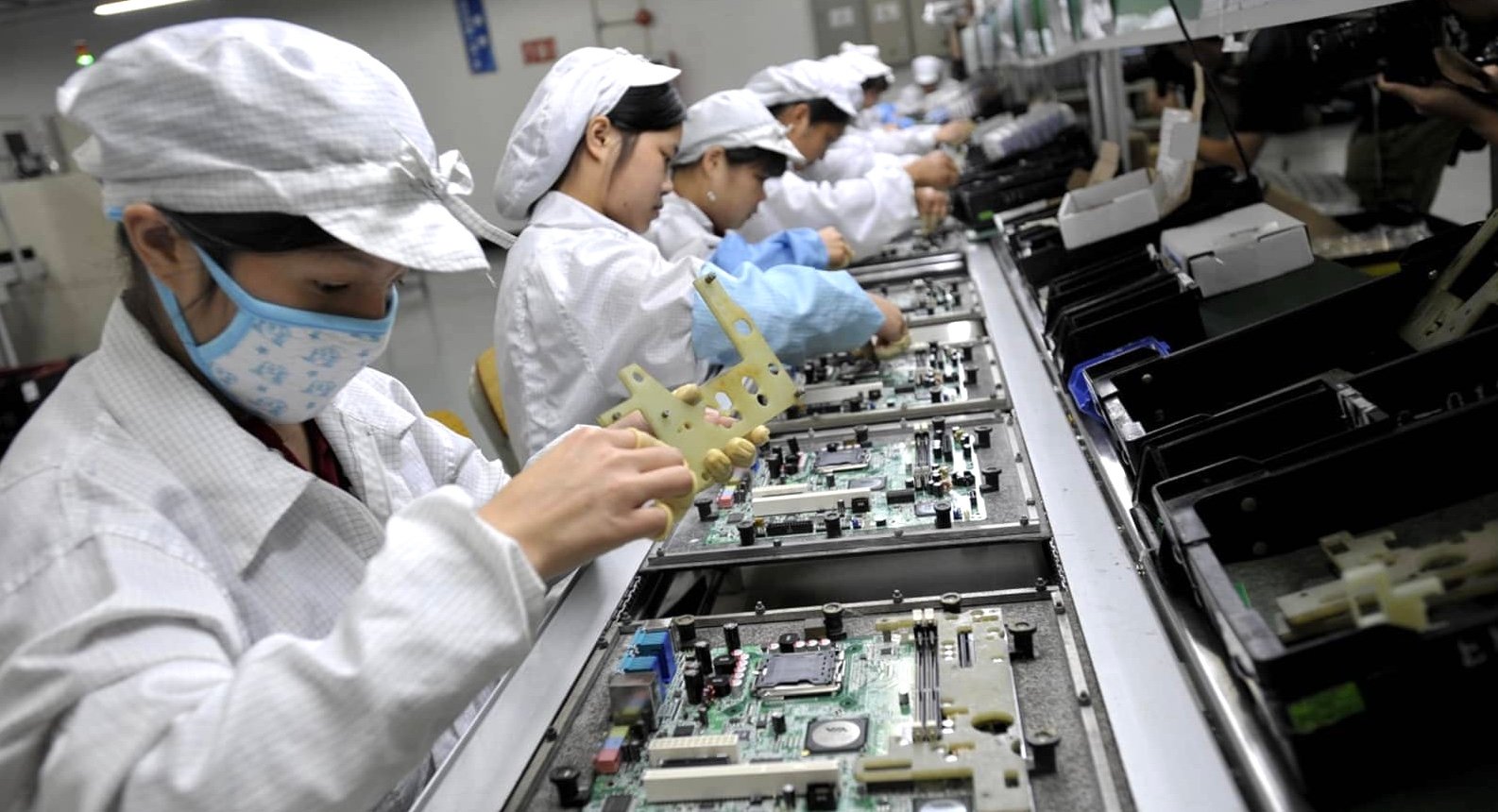US President Donald Trump has threatened to impose a 25% tariff on iPhones sold in the United States unless they are manufactured within the country’s borders. This ultimatum was delivered via a post on Trump’s Truth Social platform, sending shockwaves through the tech industry and wiping approximately $70 billion off Apple’s shares.
According to Trump, Apple CEO Tim Cook had already been informed of the expectation that iPhones sold in the US would be made domestically. “If that is not the case, a Tariff of at least 25% must be paid by Apple to the US,” Trump stated bluntly. Apple shares plummeted 2.6% following Trump’s comments, pushing the company’s valuation to just below $3 trillion.
Background of the Tariff Threat
The tariff threat comes on the heels of Trump’s escalating trade war with China, where the majority of iPhones are assembled. Last month, Trump announced a series of tariff hikes on Chinese goods, totaling 145%. Although the administration later exempted smartphones and computers, Apple had reportedly planned to shift assembly of US-bound iPhones to India to circumvent the tariffs.
Apple’s CEO, Tim Cook, revealed in an earnings call that most iPhones sold in the US during the June quarter would “have India as their country of origin”. However, Trump expressed displeasure over this move, stating that Apple should instead build iPhones in the US. “We’ve treated you really good, we’ve put up with all the plants that you’ve built in China for years, now you got to build [for] us,” Trump said, adding that India could “take care of themselves”.
Challenges of Shifting Production
Analysts warn that relocating iPhone production to the US would be prohibitively expensive due to the lack of facilities and flexible workforce available in the country. According to Wedbush Securities, an iPhone made in the US would cost over three times more than its current price, amounting to $3,500. The US lacks the rich ecosystem of Apple suppliers, manufacturing, and engineering expertise currently found in Asia.
Impact on Apple and the Market
The tariff threat not only affects Apple but also has broader implications for the market. US equity futures dropped to session lows following Trump’s announcement, with Nasdaq 100 contracts leading the decline. Apple’s plan to spend $500 billion in the US over the next four years, including investments in a server manufacturing facility and supplier academy, falls short of Trump’s expectations for full-scale domestic production.
Expert Insights
Randy Hare, director of equity research at Huntington National Bank, expressed caution over Trump’s repeated targeting of Apple. “It’s a red flag for me that Trump continues to single out Apple and seems to have something against them,” Hare said, highlighting the uncertainty surrounding the impact of Trump’s trade policies on one of the world’s most valuable companies.
What’s Next?
As the situation unfolds, Apple and Trump may engage in further negotiations to find a mutually beneficial solution. However, with Trump’s clear stance on domestic production, it’s uncertain how Apple will adapt its manufacturing strategy to meet the demands of both the US president and the global market.
Source: Africa Publicity








